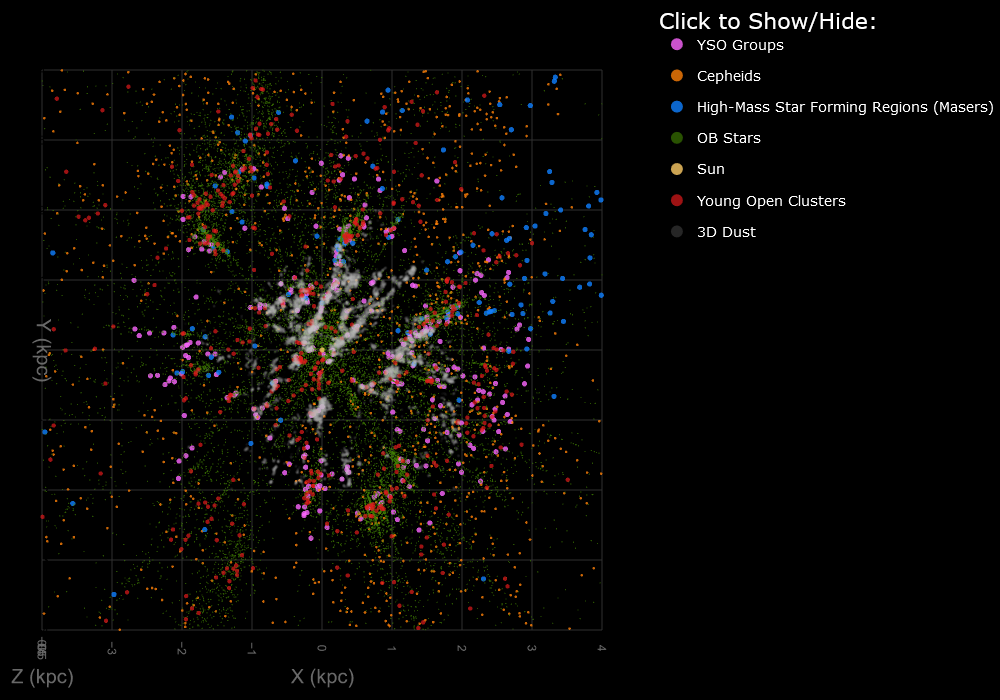This past decade has witnessed a renaissance in Galactic studies, in part due to Gaia, but also to other astrometric, photometric and spectroscopic surveys.
The need was recognized that it was time for experts from diverse observational traditions to meet to put all the pieces together, motivating the organization of a workshop dedicated to mapping the Milky Way.
Toward that end the workshop “Mapping the Milky Way: Galactic Cartography in the Age of High Precision Parallaxes” was held at the Lorentz Center in Leiden, Netherlands in early February, and was attended by 56 participants (including 10 online participants) from 12 countries.
Topics covered included the distribution of young stellar populations, mapping the interstellar medium, the astrometry of masers, global mapping of hydrogen and carbon monoxide from radio data, the Galactic bar and the bar/spiral transition. The workshop was organized with other SOC members by Ronald Drimmel, member of INAF.
More information summarizing the meeting can be found on the ESA website of the Gaia mission:

A new map of part of the Milky Way, based on the combination of several different data sets such as YSO groups, Cepheids, High-Mass Star Forming Regions, OB stars, Young Open Clusters and 3D dust. Image credits: “Mapping the Milky Way: Galactic Cartography in the Age of High Precision Parallaxes” workshop.
